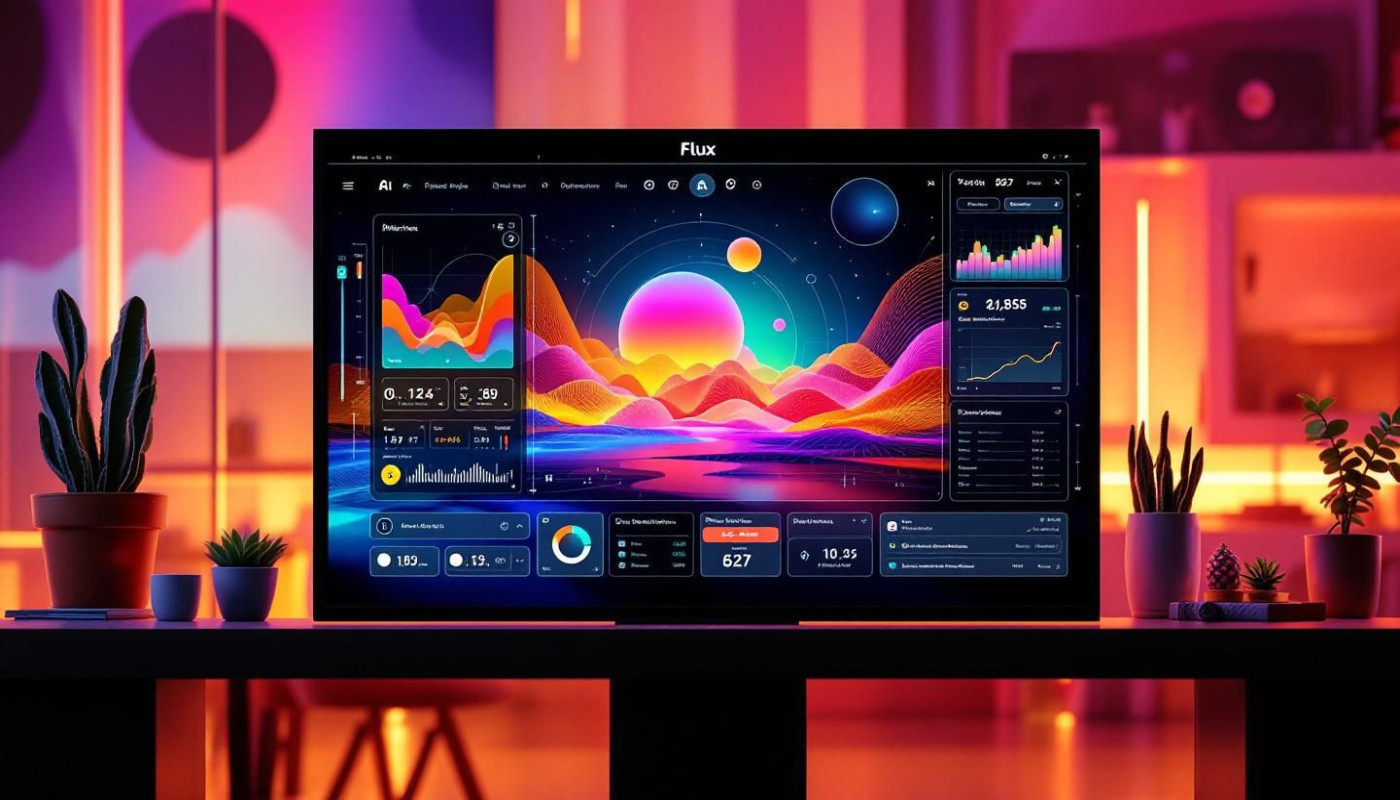Table of contents
As technology continues to evolve at a rapid pace, Generative Pre-trained Transformer (GPT) chatbots are emerging as the next big thing in artificial intelligence. These innovative AI models employ natural language processing techniques for human-like conversation, thereby transforming the landscape of customer service and engagement across various sectors. Owing to their ability to understand context and provide personalized responses, GPT chatbots have garnered significant attention in the tech industry. The potential applications of these complex algorithms extend far beyond simple question answering systems - from content creation tools, virtual assistants, online tutoring systems to mental health platforms and more. Dive into this comprehensive read below if you are interested in gaining a deeper understanding of GPT chatbots' future prospects within the tech industry.
Understanding GPT Chatbots’ Functioning
To comprehend the future prospects of GPT chatbots in the tech industry, a thorough understanding of their inner workings is indispensable. GPT chatbots primarily function through the application of predictive text-generation techniques. These techniques rely heavily on pattern recognition, a process that is based on large-scale machine learning. The objective is to predict the upcoming words in a sentence, ensuring the conversation flows seamlessly.
Pattern recognition is an integral part of GPT chatbots' technology. It involves identifying and understanding the structures within data sets, enabling the chatbot to predict and generate contextually accurate responses. Machine learning, another key element in the functioning of GPT chatbots, involves automated algorithms that can learn from and make decisions based on data.
Furthermore, natural language processing (NLP) capabilities are vital for GPT chatbots. NLP is a subfield of AI that focuses on the interaction between humans and computers using natural language. It allows chatbots to understand and respond to text or voice in a human-like manner, thereby improving the user experience.
Lastly, GPT models, or Generative Pre-trained Transformers, are the backbone of GPT chatbots. These models are trained on an extensive corpus of text data, allowing them to generate relevant, coherent, and contextually appropriate responses to user queries. In essence, with a deep understanding of AI technologies, one can fully appreciate how GPT chatbots function and their potential impact on the tech industry.
The Emergence of GPT Chatbots in Tech Industry
The establishment of GPT Chatbots in the technological arena has been a game changer. It marked the onset of a novel epoch in the realm of the digital economy. The historical development of these sophisticated Natural Language Processing (NLP) tools has been a gradual, yet significant process. It began with rudimentary text-based interfaces and has evolved into today's advanced, AI-powered chatbots capable of understanding and interpreting human language with remarkable accuracy.
The investment trends in AI and NLP tools have seen a noteworthy shift over the past few years. The surge in funding for these technologies has been driven by a blend of several factors. One critical aspect being the realization of their potential to revolutionize customer engagement strategies of tech companies. Furthermore, the demand for round-the-clock customer service and the ability of these tools to provide the same has played a significant role in attracting investments.
The rising popularity of GPT Chatbots among tech companies is another key trend to scrutinize. It is largely due to their capability to streamline operations and enhance customer experience. Consequently, this has led to an increased adoption of these tools in tech firms across the globe.
In conclusion, by examining the historical development, current investment trends and the increasing popularity of GPT Chatbots, we can predict a promising future for them in the tech industry.
Potential Challenges Associated With Using GPT ChatBots
The implementation of these advanced conversational agents, also known as GPT ChatBots, is not without its potential challenges. Organizations may encounter various stumbling blocks during this process. One such impediment is the ethical concerns related to data privacy. As GPT ChatBots are designed to learn and evolve through interactions, they accumulate and process a vast amount of data. This raises significant questions about user privacy and data protection. In response to these issues, it is strongly recommended that those with expertise in AI ethics or regulatory affairs take the helm in managing these cutting-edge technologies. By doing so, businesses can navigate the complexities of data privacy regulations and ensure an ethical approach to the deployment of these innovative conversational agents.
Gaining Edge Through Personalized Interactions
In a tech-driven world that champions customized solutions, GPT Chatbots are transforming business operations. The present discourse highlights how businesses can gain competitive edge by harnessing these bots for personalized user experiences. The primary focus of this piece is on real-world use cases where GPT Chatbots have seamlessly integrated into customer-service roles, enhancing the interaction between the company and its clients. The key terms in this context are “competitive advantage”, “personalized user experience”, ”customer-service roles”, “real-world use cases” and ”businesses”. To gain an in-depth understanding of how to leverage these bots to the maximum advantage, an individual with a background in business analysis or marketing strategy would be particularly suitable.
What sets these bots apart is their ability to become a vital resource for businesses. They can handle multiple customer queries simultaneously, thus increasing efficiency and customer satisfaction. By being a cost-effective solution that can operate round the clock, GPT Chatbots exemplify the ideal resource that businesses should capitalize on in the digital age.
Similar articles

How AI-driven Tools Are Reshaping Graphic Design And Visual Content Creation

How improve your learning of a language with ChatGPT's tips?

What are the benefits of buying Google Reviews ?

Facebook and Instagram places ban on Myanmar military

